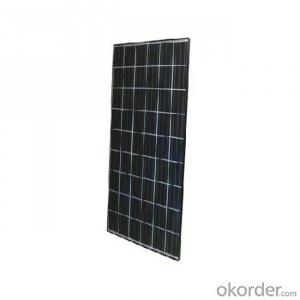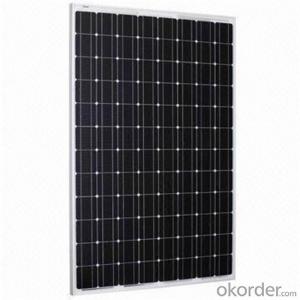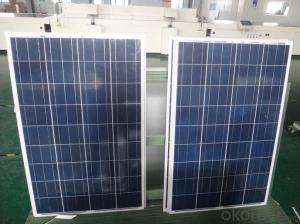Small Solar Inverter
Small Solar Inverter Related Searches
Ac Inverter For Solar Panels Solar Panel With Ac Inverter Gas Furnace With Ac Panda Hot Water Bottle Cover Minion Hot Water Bottle Cover Abb Solar Water Pump Inverter Solar Water Pump Philippines Extra Long Hot Water Bottle Solar Panel Dc To Ac Inverter Old Fashioned Hot Water BottleHot Searches
Cheap Solar Cells For Sale Cheap Solar Cells China Small Solar Inverter Price Solar Cell Inverter Price Solar Panel Inverter Size Solar Panel Inverter Suppliers Solar Inverter Solar Panel Tesla Solar Panel Inverter Solar Items Wholesale Buy Small Fan Buy Small Screws Type Of Inverter For Solar Types Of Inverter For Solar Used Solar Inverter For Sale Inverter Size For Solar System Solar Edge Inverter For Sale 5kw Solar Inverter For Sale Solar Inverter For Sale Solar Inverter For Battery Solar Inverter For Split AcSmall Solar Inverter Supplier & Manufacturer from China
Okorder.com is a professional Small Solar Inverter supplier & manufacturer, offers integrated one-stop services including real-time quoting and online cargo tracking. We are funded by CNBM Group, a Fortune 500 enterprise and the largest Small Solar Inverter firm in China.Hot Products
FAQ
- A solar inverter handles reactive power by actively managing and controlling the flow of reactive power between the solar panels and the electrical grid. It uses advanced electronics and control algorithms to ensure that the reactive power generated by the solar panels is either supplied to or absorbed from the grid, depending on the grid's requirements. This helps to maintain the power factor within acceptable limits and prevents issues such as voltage instability or flickering.
- The maximum power rating of a solar inverter typically depends on the specific model and manufacturer. It can range from a few hundred watts for small residential inverters to several megawatts for large-scale commercial or utility-grade inverters.
- Yes, there are generally no noise or sound considerations with a solar inverter. Solar inverters are designed to operate silently, without producing any noticeable noise or sound. This is because they use solid-state electronics, which do not have any moving parts that can generate noise.
- The maximum AC power output of a solar inverter varies depending on the specific model and capacity. It can range from a few hundred watts for small residential inverters to several megawatts for large commercial or utility-scale inverters.
- Shade negatively impacts the performance of a solar inverter as it reduces the amount of sunlight reaching the solar panels, thereby reducing the amount of electricity generated. Inverters are designed to operate optimally under full sunlight, and when shaded, their efficiency decreases, leading to a decrease in overall energy production. Additionally, shade can cause hotspots on panels, potentially damaging the system and reducing its lifespan. To ensure maximum performance, it is important to minimize shade and ensure unobstructed sunlight for solar inverters.
- To calculate the payback period for a solar inverter, you need to divide the initial cost of the inverter by the annual savings it generates. The payback period is the amount of time it takes for the cumulative savings to equal the initial cost.
- The role of fault ride-through capability in a solar inverter is to ensure the uninterrupted operation of the inverter during grid faults or disturbances. It allows the inverter to remain connected to the grid and continue generating power, even in the presence of temporary voltage dips or interruptions. This capability is essential for grid stability and reliability, as it helps prevent power outages and disruptions in the event of faults in the grid.
- Yes, a solar inverter can be used in grid-tied systems. In fact, a grid-tied system requires a solar inverter to convert the DC power generated by the solar panels into AC power that can be fed into the electrical grid. The solar inverter also ensures that the system synchronizes with the grid and complies with safety regulations.















































